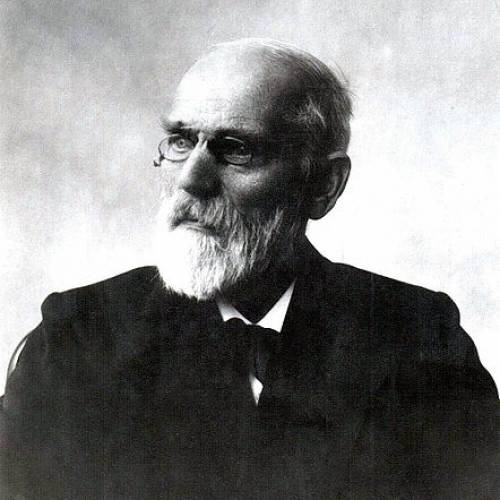 https://heaven.world/en/johannes-diderik-van-der-waals
https://heaven.world/en/johannes-diderik-van-der-waals
Firstname
Johannes Diderik van der
Lastname
Waals
Name
Johannes Diderik van der Waals
lived from:
1837-11-23
lived until:
1923-00-00
Johannes Diderik van der Waals was a Dutch theoretical physicist and thermodynamicist famous for his work on an equation of state for gases and liquids.
His name is primarily associated with the van der Waals equation of state that describes the behavior of gases and their condensation to the liquid phase. His name is also associated with van der Waals forces, with van der Waals molecules, and with van der Waals radii. As James Clerk Maxwell said about Van der Waals, "there can be no doubt that the name of Van der Waals will soon be among the foremost in molecular science."
Spearheaded by Ernst Mach and Wilhelm Ostwald, a strong philosophical current that denied the existence of molecules arose towards the end of the 19th century. The molecular existence was considered unproven and the molecular hypothesis unnecessary. At the time Van der Waals' thesis was written, the molecular structure of fluids had not been accepted by most physicists, and liquid and vapor were often considered as chemically distinct. But Van der Waals's work affirmed the reality of molecules and allowed an assessment of their size and attractive strength. By comparing his equation of state with experimental data, Van der Waals was able to obtain estimates for the actual size of molecules and the strength of their mutual attraction. The effect of Van der Waals's work on molecular physics in the 20th century was direct and fundamental. By introducing parameters characterizing molecular size and attraction in constructing his equation of state, Van der Waals set the tone for modern molecular science. That molecular aspects such as size, shape, attraction, and multipolar interactions should form the basis for mathematical formulations of the thermodynamic and transport properties of fluids is presently considered an axiom. Heike Kamerlingh Onnes was significantly influenced by the pioneer work of van der Waals. In 1908, Onnes became the winner of the race to make liquid helium and because of this, he was also to be the discoverer of superconductivity in 1911.
A largely self-taught man in mathematics and physics, van der Waals originally worked as a school teacher. He became the first physics professor of the University of Amsterdam when in 1877 the old Athenaeum was upgraded to Municipal University. Van der Waals won the 1910 Nobel Prize in physics for his work on the equation of state for gases and liquids.
Amsterdam (NH), Netherlands
https://en.wikipedia.org/wiki/Johannes_Diderik_van_der_Waals